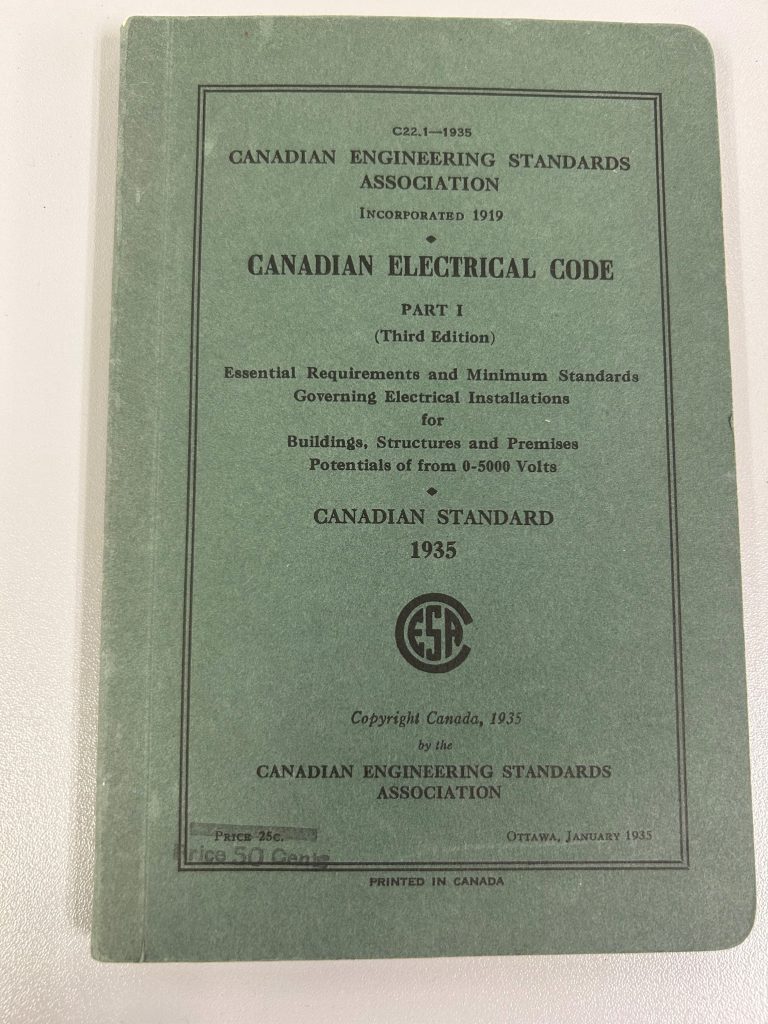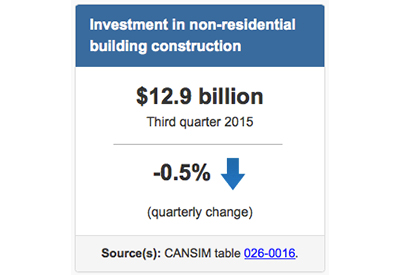The Canadian Electrical Code: Adapting to Change and Driving Innovation

October 10, 2024
By Michael Wilson, Director, Electrical Standards, CSA Group
The Evolution of the Canadian Electrical Code
Since its first publication in 1927, the Canadian Electrical Code, Part I (CE Code Part I), has been a vital instrument in promoting electrical safety across Canada. Its creation was spurred by the widespread adoption of electricity in the early 20th century.
In 1881, Canada saw its first hydro-powered generator at Chaudière Falls in Ottawa/Gatineau, and two years later, electric lights illuminated Parliament. By the 1920s, the booming economy saw a rapid deployment of electricity to consumers and industry. However, the increasing use of electricity led to a corresponding increase in the number of electric shocks and fires. Provinces and territories each had their own safety regulations, which resulted in a lack of uniformity and created challenges for manufacturers and installers. This situation prompted the need for a national standard, leading to the development of the CE Code Part I by the Canadian Engineering Standards Association (CESA), now known as CSA Group.
The original code focused on basic safety requirements to prevent fires and electric shocks. Over the years, it has evolved to incorporate the safe use of emerging technologies, keeping pace with Canada’s technological advancements.
Keeping Up with Trends
The CE Code Part I is updated every three years to align with the latest developments in electrical safety, installation practices, and innovation. The updates reflect the code’s responsiveness to technological changes and emerging trends. For instance, in the 1970s, Ground Fault Circuit Interrupters (GFCIs) were introduced to reduce the risk of shock in wet areas. The ubiquitous grounded three-prong outlets that we now have in our homes were also mandated to help improve the safe use of appliances. In 2002, Arc Fault Circuit Interrupters (AFCIs) were introduced to reduce the risk of electrical fires through technology that senses arcing in concealed wiring and appliance cords. And more recently, in 2021, flood protection measures were added in support of resiliency and climate change adaptation.
These updates are made possible through a collaborative process involving CSA Group and experts from various sectors. The CE Code Part I Technical Committee and its subcommittees include representatives from producers, users, regulators, and educators. These volunteer experts sit on various committees and subcommittees, working together to develop an effective and efficient code.
Public review is also a crucial part of the process. All proposed changes undergo a 60-day review period, inviting input from the broader public. This open and transparent approach helps maintain the code’s relevance and effectiveness in addressing contemporary safety challenges.

Key Updates in the 2024 Edition
The latest edition of the CE Code Part I introduces several significant changes, including ones to reflect Canada’s transition toward renewable energy and modern transportation:
- Energy Storage and Renewable Systems: New subsections have been added to facilitate broader installations of residential energy storage systems, supporting the shift towards sustainable energy solutions.
- Electric Vehicles: Updated load calculations for Electric Vehicle Supply Equipment (EVSE) now recognize energy management systems that can optimize demand, helping infrastructure keep pace with the growing popularity of electric vehicles.
- Safety Enhancements: Revised bonding requirements for pools and spas improve safety by reducing the likelihood of potential differences between water and conductive surfaces, and updated panelboard marking requirements help promote clear labeling after alterations, enhancing maintenance safety.
These updates highlight the commitment of the CE Code Part I’s Technical Committee and its subcommittees, who work diligently to update the code. By adapting to new technologies and maintaining rigorous safety standards, the CE Code Part I helps promote the safety of Canadians as they adopt clean energy solutions.
The Relevance of these Updates
Canada’s ongoing expansion of renewable energy necessitates a code that supports new energy sources while promoting safety. The CE Code Part I’s requirements for energy storage, renewables, and electric vehicle infrastructure have been refined to align with this shift. As the demand for clean energy solutions grows, the code’s emphasis on safety helps protect Canadians while supporting the country’s environmental goals.
Future developments of the CE Code Part I are expected to address climate adaptation, such as infrastructure solutions for flooding and extreme weather. As legislation and incentives drive electrification, the code will continue to adapt, addressing increased demand and supporting innovations like energy management and microgrids.
A Commitment to Evolution
The CE Code Part I stands as a dynamic standard that evolves with the times. Its ongoing updates maintain its relevance, helping to safeguard Canadians and support emerging energy practices. As technology advances, the CE Code Part I will continue to play a crucial role in promoting electrical safety and innovation, while helping to keep Canadians safe.















